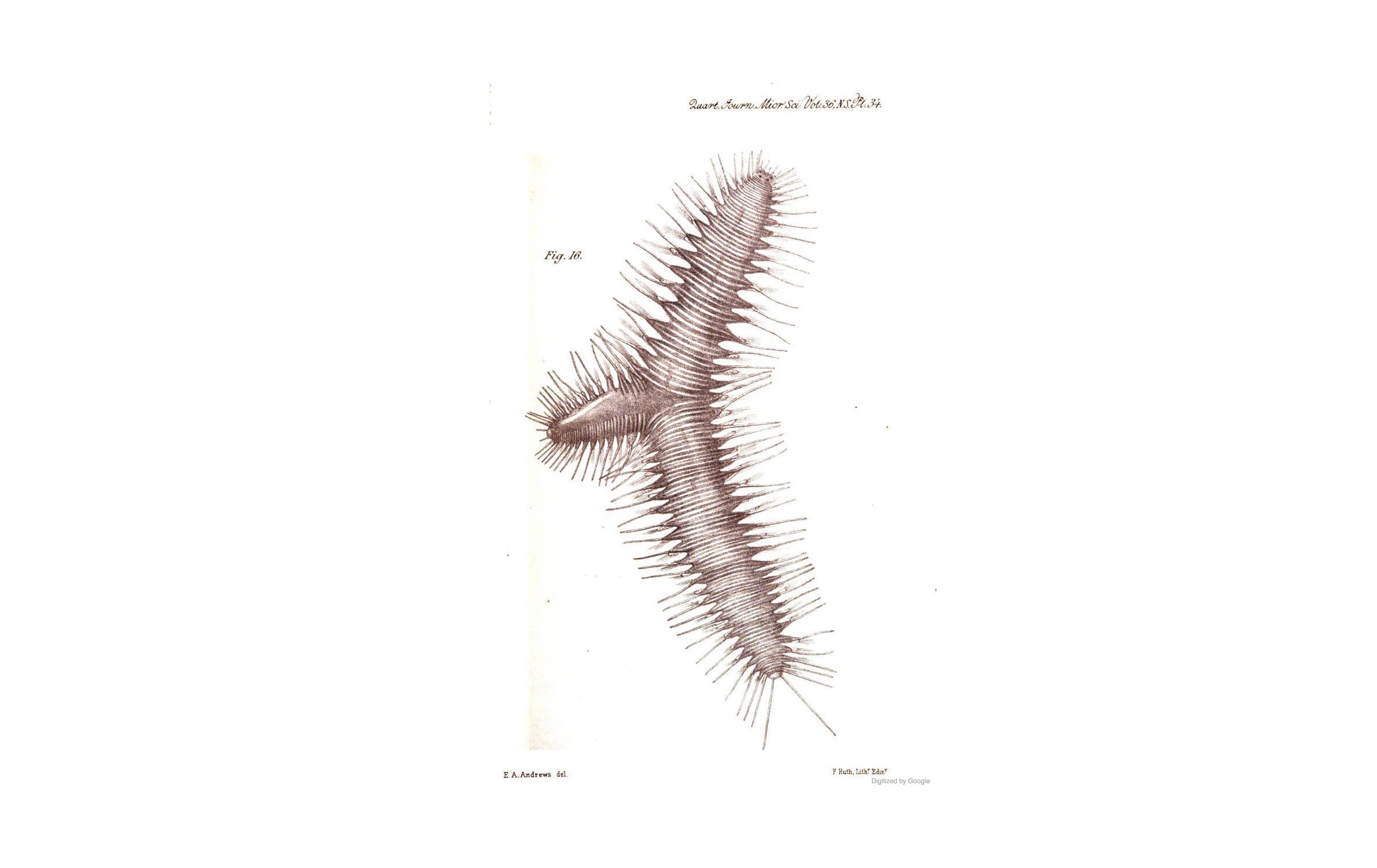
Ashleigh Papp: This is Scientific American’s 60-Second Science, I’m Ashleigh Papp.
You might say that Guillermo Ponz is a scientific monster hunter–even though he thinks that term, “monster” never really captured his subjects right.
Guillermo Ponz: So they’re regular animals that have gone through different developmental processes that would end up building a body, that is not what you expect.
Papp: What this researcher based in Madrid, Spain, actually loves, is the oddly amazing animals. After all, he studies two-headed worms.
Ponz: We have these worms that are usually regular worms like with one head and one tail, that’s normal, but sometimes they may have two heads or two tails. And on the other side, there are worms, which have one head and many tails always.
Papp: Officially, he looks at bifurcated annelids, meaning things like earthworms that have come out of their larval stage with two heads, or spontaneously sprouted two tails, or … some other combination of mixed up appendages.
We know that certain species, like some salamanders and insects, have the ability to regrow appendages in a time of need. But there’s this one phylum of worms, the annelids, that can re-grow unlike anything else that we’ve ever seen in the kingdom.
Their segmented bodies, like an earthworm with rows of ringed compartments, help them easily regrow a new head or tail at the first sign of trouble.
Or even crazier, they can regrow an entirely new right side of their body if sliced in half.
Ponz: … worms that do these crazy things that are very weird, very, you know, very, very strange things that these worms should not, quote-unquote, should not do.
Papp: Once Ponz started studying the anatomically death-defying lengths to which these worms would go to grow and survive, he was totally pulled in.
And he realized that he and his team weren’t the first to be fascinated. Ponz found that there was a golden age of research on “monster creatures” during the 18th and 19th centuries.
Ponz: … 100 plus year old literature would refer to the sentiments of monsters, creatures, or monsters, or oddities or, you know, they’re, they’re all these these variations that describe them. And in the end, these these animals are not not monsters.
Papp: A fixation with the “reanimated Monster” makes sense, especially back then. Author Mary Shelley’s novel, Frankenstein, was published in 1818, and it only further intensified interest–and some of that interest translated into actual research.
Ponz and a team of international researchers conducted a wide-sweeping review of the existing knowledge about monster worms. They dove into 275 years’ worth of research — combing through scientists’ observational journals, reading historical texts, and even reaching out to the broader scientific community to see if anyone knew anything about records of abnormal worms.
They wanted to understand all of the different types and patterns of bifurcation and see if there were any clues about how the oddities developed.
Their search landed them in a jackpot of both history and science.
They came across documents and drawings of bifurcated worms from around the world — in Latin, French and German, all the way to Russian, Japanese, and even Indonesian. All in all, they spent over a year working through the archives, translating old texts, and following the trail of monster worm clues.
What they learned is that bifurcation in worms has been observed in over 60 species of worms across the annelid family tree, and in some species, up to 20% of the juveniles ended up with some form of bifurcation. This work was recently published in the journal Biological Reviews. [Guillermo Ponz-Segrelles et al., Monsters reveal patterns: bifurcated annelids and their implications for the study of development and evolution]
Ponz: And that means, for example, in the in the case of bifurcation, that when an animal is cut, and is regenerating, for example, the tail, there needs to be some mechanism that specifies where this tail is going to be, how it’s going to be oriented, what is posterior, what is anterior, what is left, what is right, what is dorsal, what is ventral. And these mechanisms can be disturbed. And these might lead to different anatomies.
And that gives us clues about what is important during this process. Of course, these are the baby steps. So we are just pointing towards this process, this phenomenon, we are saying, Okay, hello, this happens, there are these animals that are doing these weird things. We should not forget about them, let’s look into them.
Papp: They also realized that there’s a strong correlation between the type of bifurcation and the internal organ development. Meaning, the way that the worms were split reliably indicated if extra sets of organs were present.
With this type of intel, Ponz and his team were able to essentially draw up a blueprint, or how-to guide, for reliably and repeatedly creating bifurcated worms … which is potentially a very useful resource for scientists interested in studying the mechanisms of development.
This long-forgotten study of worm developmental anomalies seems poised for a comeback. According to Ponz, this information could extend far beyond the annelid and even insect worlds to help us better understand how things like growth and development actually happen … in both the normal and the monster ways.
Ponz: In a sense, we are now following this trend that they started then, studying these animals to try to understand bigger pictures in nature. Usually development leads to a certain way to assert them to a certain point. So you have a development that ends up in anatomy that’s more or less conserved. But sometimes it doesn’t. And that can teach us something about development processes. And that’s interesting.
Papp: For Scientific American’s 60-Second Science, I’m Ashleigh Papp.
[The above text is a transcript of this podcast.]

























































-Abstract-Background-012025-SOURCE-Dell.jpg)